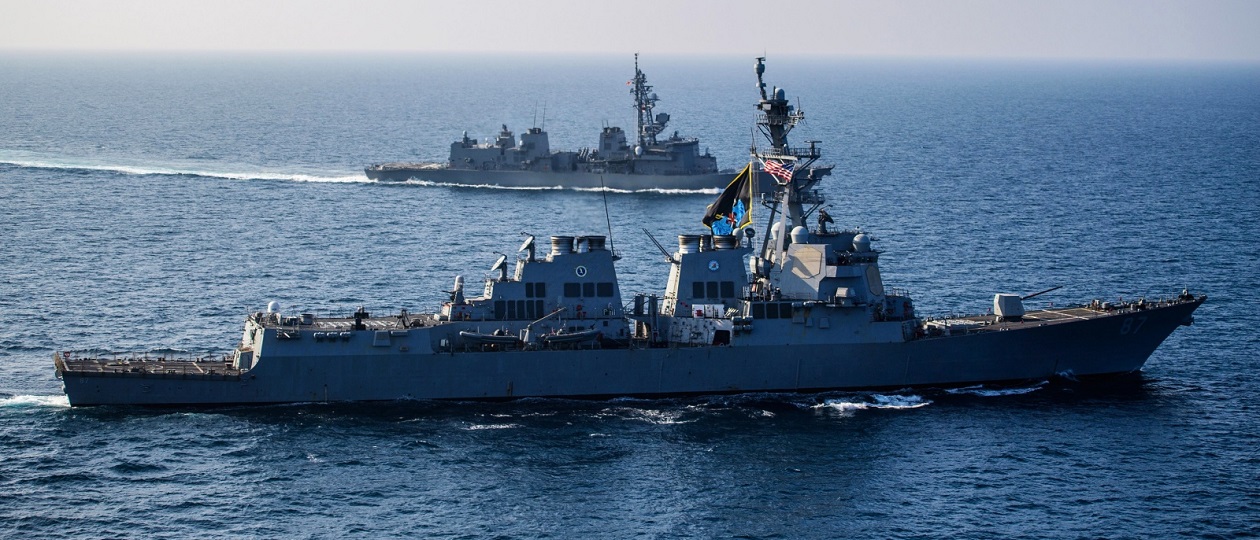
Off the shore of Yemen, the US Navy is waging the most intensive and complex campaign since WWII.
“The destroyer crews are grumbling”… “The Houthis have an inexhaustible supply of drones and missiles”… “The American fleet is stuck.”
There has been little news from the Red Sea, the Bab el-Mandeb Strait and the Gulf of Aden lately. Although from time to time there are reports of damage to another cargo ship.
The US Navy operation with the loud name “Prosperity Guardian” did not achieve its goals. Cargo flow through the Suez Canal has dropped by more than half and continues to thin out. And there is no “victory”, no protection of “prosperity” and none is expected.
The Associated Press published a review of the situation. The US Navy’s military operation against the Yemeni Houthis, who promised to attack cargo ships in the Red Sea and further in the Gulf of Aden until the end of the conflict in Gaza, was called by the authors of the review the most intense naval campaign since the Second World War.
They also witnessed a visible drop in cargo traffic through the Suez Canal. For several hours, the agency’s correspondent saw only one cargo ship passing through the waterway, once extremely saturated with ships.
The USS Dwight Eisenhower is staying away from Yemen’s shores, but destroyers and other ships in the carrier strike group spend significant time in the area where Houthi weapons can reach them.
The rebel group was not what it seemed. It has a virtually inexhaustible supply of attack drones and missiles. American ships and cargo ships are hit regularly. So far, the Houthis have not managed to sink a single US Navy ship, but it may be a matter of time.
Commander Erik Blomberg of the USS Laboon told the AP: “I don’t think people really understand how deadly serious what we are doing is and how much the ships are still at risk. “No one is making a second mistake. The Houthis just need to see it through one day.”
Brian Clark, a former submariner and now a senior fellow at the Hudson Institute, said: “This is essentially the longest battle the US Navy has fought since World War II, without a doubt. We are on the verge of what the Houthis will be able to do attacks that the US will not be able to stop, and then we will suffer significant damage… If this continues, the Houthis will develop into a much more capable, competent and experienced force.”
In essence, the US Navy is stuck in the region, the naval campaign has reached a stalemate. The United States could probably increase its bombing of targets in Yemen or try to attack the rebels not only from the sea, but also from land, but Saudi Arabia and its allies on the peninsula demand not to do this, hoping for reconciliation with the Houthis and strengthening the recently renewed relations with Iran. So from a political point of view, this is a dead end.





